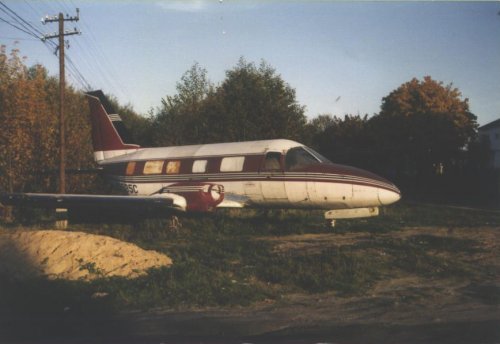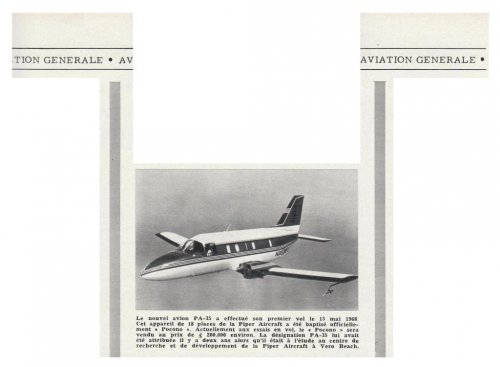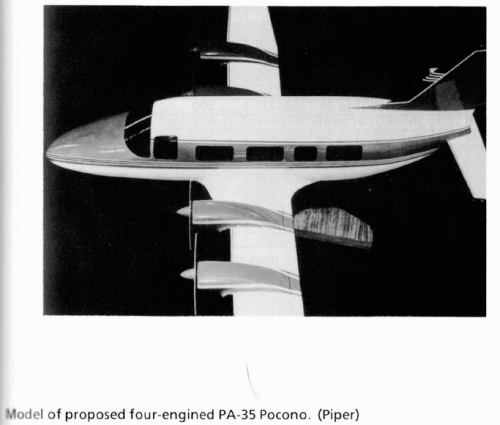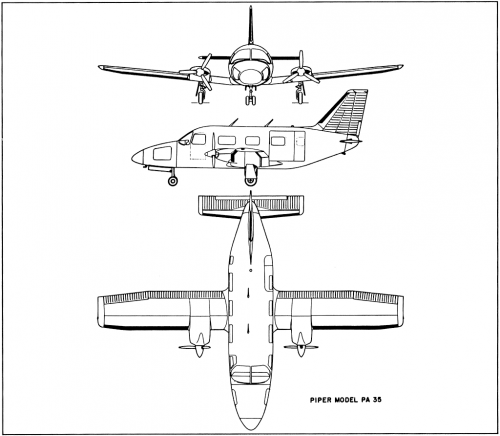- Joined
- 25 June 2009
- Messages
- 13,786
- Reaction score
- 3,089
One of Piper's least-known post-war efforts is also considered by many as the company's best aircraft never built: the Piper PA-35 Pocono. There are several sources on the web, but the best by far is the New Zealand site AvPlan, from which most of the following images were taken:
http://www.avplan.co.nz/Library/
http://www.avplan.co.nz/Library/
Attachments
-
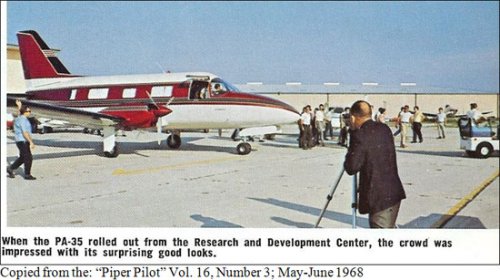 Piper-PA35-2.jpg55 KB · Views: 426
Piper-PA35-2.jpg55 KB · Views: 426 -
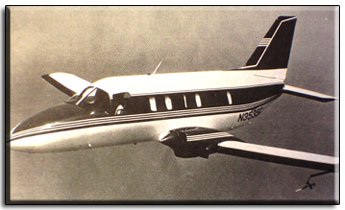 navajo-4-pocno-final.jpg18.5 KB · Views: 73
navajo-4-pocno-final.jpg18.5 KB · Views: 73 -
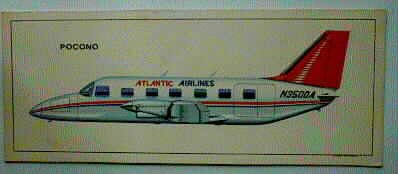 sf37.jpg8.7 KB · Views: 88
sf37.jpg8.7 KB · Views: 88 -
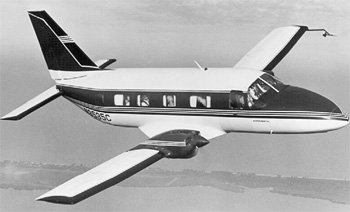 piper-pocono.jpg25.4 KB · Views: 93
piper-pocono.jpg25.4 KB · Views: 93 -
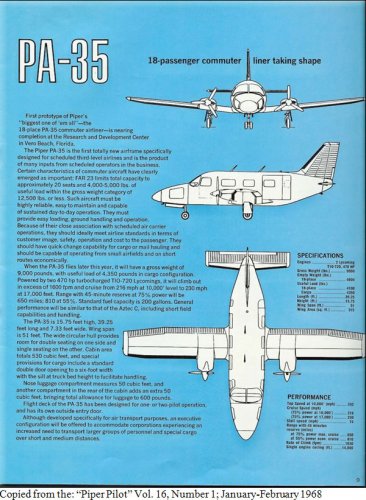 Piper-PA35-600px.jpg155.9 KB · Views: 363
Piper-PA35-600px.jpg155.9 KB · Views: 363 -
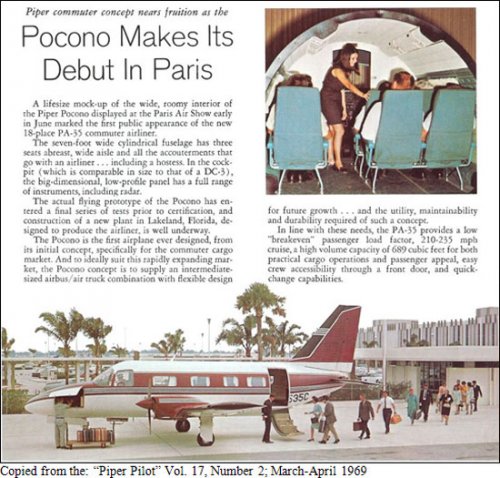 Piper-PA35-5.jpg94.4 KB · Views: 336
Piper-PA35-5.jpg94.4 KB · Views: 336 -
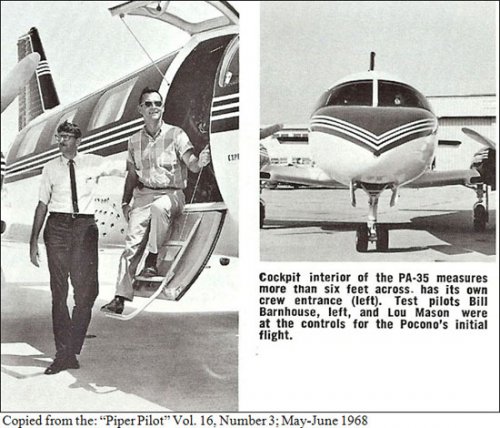 Piper-PA35-4.jpg75.4 KB · Views: 324
Piper-PA35-4.jpg75.4 KB · Views: 324 -
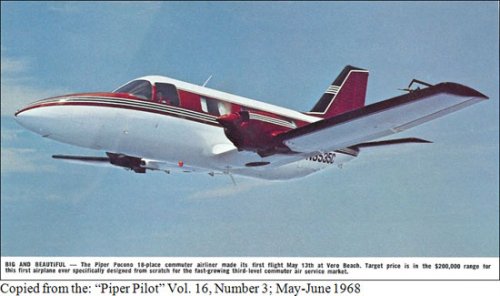 Piper-PA35-3.jpg40.9 KB · Views: 352
Piper-PA35-3.jpg40.9 KB · Views: 352

